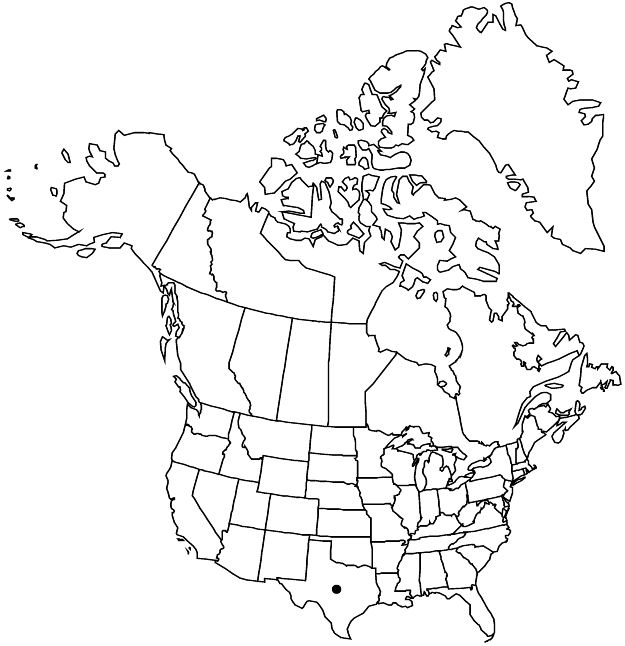Croton sancti-lazari
J. Arnold Arbor. 26: 185. 1945.
Shrubs, 1–4 dm, dioecious. Stems much branched proximally, coarsely stellate-tomentose. Leaves not clustered; stipules each 1 glandular papilla, 0.1 mm; petiole 0.1–0.4(–0.6) cm, 1/10–1/5 blade length, glands absent at apex; blade ovate to elliptic-ovate, 1–3(–4.5) × 0.5–1.5(–2) cm, base usually rounded to obtuse, rarely acute, margins entire, apex acute or rounded, abaxial surface pale green to pale yellow, stellate-tomentose, adaxial surface darker green, stellate-tomentose. Inflorescences unisexual; staminate racemes, 1–3.3 cm, flowers 1–8; pistillate congested racemes, 0.1–0.3 cm, flowers 1–3. Pedicels: staminate 1 mm, pistillate 0–0.5 mm. Staminate flowers: sepals (4–)5, 2 mm, abaxial surface stellate-hairy; petals (4–)5, narrowly oblanceolate, 1.8–2 mm, abaxial surface nearly glabrous; stamens 9–12. Pistillate flowers: sepals 5, equal, 1 mm, margins entire, apex straight to slightly incurved, abaxial surface stellate-hairy; petals 0 or rudimentary; ovary 3-locular; styles 3, 1.5–2 mm, 2-fid to base, terminal segments 6. Capsules 4–5 × 5.5–6 mm, smooth; columella apex with 3 rounded, inflated lobes. Seeds 3.6–4.7 × 2.8–3.4 mm, shiny.
Phenology: Flowering Oct–Nov.
Habitat: Rocky hillsides.
Elevation: 900–1200 m.
Distribution

Tex., Mexico (Chihuahua, Coahuila).
Discussion
Croton sancti-lazari in the flora area grows only in Brewster and Presidio counties.
Selected References
None.